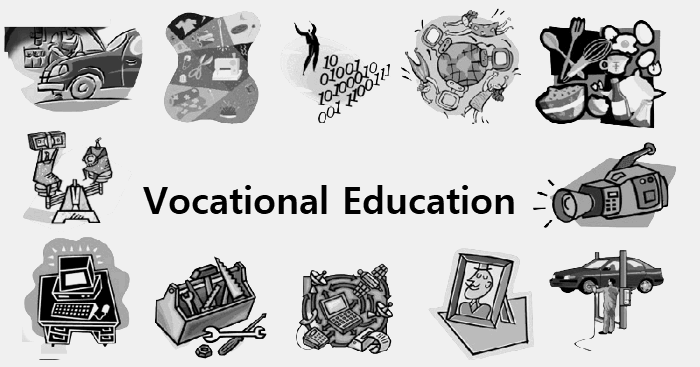
Vocational education, also known as a trade school or technical education, has been a vital part of the workforce for many years. However, with the rapid pace of technological advancements and changes in the job market, it's important to understand what the future of vocational education looks like. In this article post, we'll explore some of the emerging trends and technologies in vocational education and how they're shaping the future of the industry.
Emerging Trends in Vocational Education
Virtual and Augmented Reality: Virtual and augmented reality technologies are being used more and more in vocational education. These technologies allow students to experience simulations and hands-on training in a virtual environment. This can be particularly useful for training in fields such as construction, welding, and plumbing, where it can be difficult or expensive to set up real-world training environments.
Personalized Learning: Personalized learning is becoming a popular trend in vocational education. This approach allows students to learn at their own pace and on their own schedule, which can be particularly beneficial for those who are working or have other obligations. Additionally, personalized learning can help students focus on the areas they need to improve, making the training more effective and efficient.
Industry Partnerships: Industry partnerships are becoming increasingly important in vocational education. These partnerships allow students to gain real-world experience and connect with potential employers. Additionally, industry partnerships can help vocational schools stay current with the latest technologies and trends in the field.
Emerging Technologies in Vocational Education
Artificial Intelligence: Artificial intelligence (AI) is being used more and more in vocational education. AI can be used to provide personalized learning experiences and adapt to a student's unique needs. Additionally, AI can be used to analyze data and provide feedback to teachers, helping them to better understand how students are performing and identify areas where they need additional support.
Internet of Things (IoT): The Internet of Things (IoT) is becoming increasingly prevalent in vocational education. IoT devices can be used to provide real-time feedback and data on student performance. Additionally, IoT devices can be used to monitor and control equipment in training environments, making it easier for students to learn.
Blockchain: Technology Blockchain technology is an emerging technology that's being used more and more in vocational education. Blockchain can be used to create secure and transparent records of student performance and credentials. Additionally, blockchain can be used to provide verifiable proof of the skills and experience that students have acquired through their training.
3D Printing: 3D printing is becoming increasingly popular in vocational education. 3D printing can be used to create physical models and prototypes, which can be used for hands-on training in fields such as engineering, architecture, and product design. Additionally, 3D printing can be used to create customized parts and tools, which can be used in training environments.
In conclusion, the future of vocational education is being shaped by emerging trends and technologies. Virtual and augmented reality, personalized learning, and industry partnerships are just a few of the trends that are shaping the future of vocational education. Additionally, emerging technologies such as artificial intelligence, the Internet of Things, blockchain technology, and 3D printing are being used more and more in vocational education to provide more effective and efficient training. As a result, vocational education is becoming more accessible and relevant to students, providing them with the skills and knowledge they need to succeed in the workforce.
Also Read:
- Apprenticeships: How to Get Started
- Careers in Trades: Opportunities and Salaries
- Choosing a Vocational Career: What to Consider
- Importance of Vocational Education in Today's Job Market
- Online Vocational Programs: Advantages and Disadvantages
- Preparing for a Vocational Career: Tips and Strategies
- Role of Government in supporting Vocational Education
- The Advantages of Vocational Education for High School Students
- The Future of Vocational Education: Emerging Trends and Technologies
- The Role of Vocational Education in Economic Development
- The Vocational Education and Training System
- Types of Vocational Programs: Which One is Right for You?
- Vocational Education and Entrepreneurship
- Vocational Education and Industry 4.0
- Vocational Education and Job Placement
- Vocational Education and Lifelong Learning
- Vocational Education and Skills Shortage: How to bridge the gap
- Vocational Education and the Future of Work
- Vocational Education and the Gig Economy
- Vocational Training vs. College: What's the Difference?





